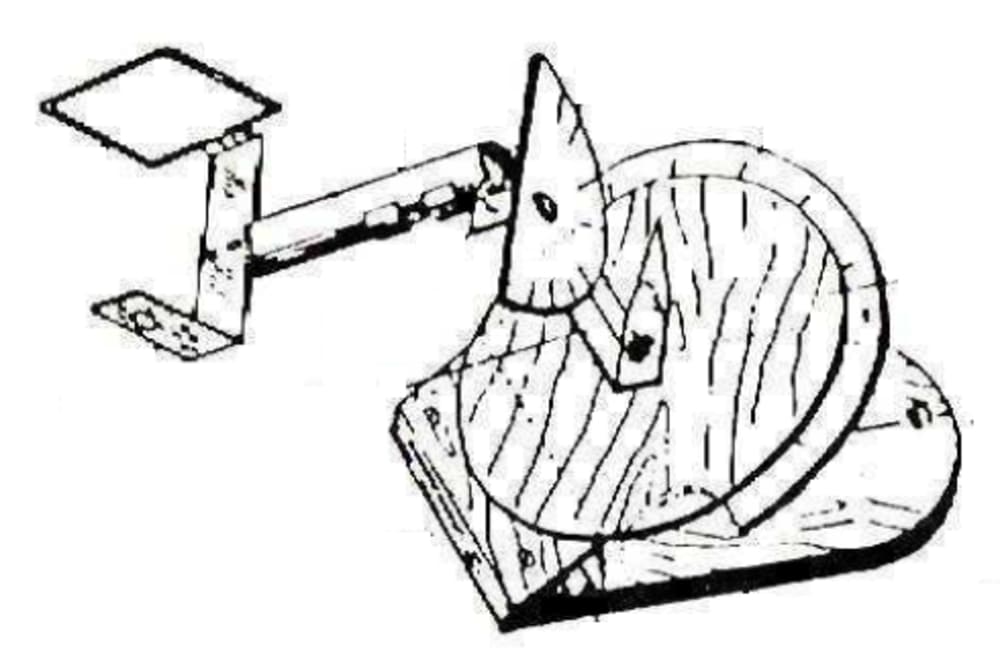Star Finder is a simple and useful gadget by which we can quickly locate stars and constellations of the night sky at a specific time, date and geographic location by turning two dials and then looking through a specially designed sight. However, it does not show the planet positions because planets are not fixed on the celestial sphere. It is known that the planet orbital planes are nearly coplanar and close to the ecliptic plane. By making reference to the rise or set time of the planets, the star finder can, in fact, be used to locate the planets in the sky as well. This method helps students to rectify the misconception about the positions of the planets in the night sky and promotes a deeper understanding of the planet orbital motions from a topocentric view. It is used to answer two common questions: Which days of the month offer a simultaneous sun-moon fix and what is the optimum time for the day to do the sights, and how long must one wait between successive sunlines for a good running fix? It can also be used in predicting heights and bearings of stars, moon, and planets in the routine sights and picking optimal star planet combination. It's fundamental to sight the celestial bodies with a clear horizon. It allows to identify the brightest stars and to predict the position in the sky of the nautical stars not yet visible.
Construction:
All these factors are taken into account in designing this simple Star Finder. Essentially it consists of two dials - one of which we may call the Right Ascension dial and the other the Declination dial. Along the outer rim of the RA, the dial is marked dates along with months of the year. Next to the month scale is another circle which shows Right Ascension values from 0h 0m to 23h 50m. Each hour division is further subdivided into 10-minute segments. The important point to note here is that 0h 0m mark of the RA scale falls just below the date September 23 marked on the outermost scale.
The RA dial is fixed on a board which has a semicircular scale marking the 'local time' from 6 p.m. to 6 a.m. Mounted at the center of the R.A. dial is an upright bracket which holds the Declination dial and the star sight. The Declination, the dial is a simple semicircular scale marked in degrees. When the Declination dial is set at 0° the star sight points exactly to the celestial equator.
The RA dial is fixed to a base board held at an angle with the horizontal equal to 90°minus the latitude of place of use. On the base board is marked a line which should be aligned with the north-south direction before using the instrument. The star sight is fitted at the end of a long tube or wooden dowel to clear the base of the instrument. (This is necessary for viewing the star near the zenith.)
Like this entry?
-
About the Entrant
- Name:Keyur Rohit
- Type of entry:individual
- Software used for this entry:It is a manual device which is mechanically operated.
- Patent status:none





